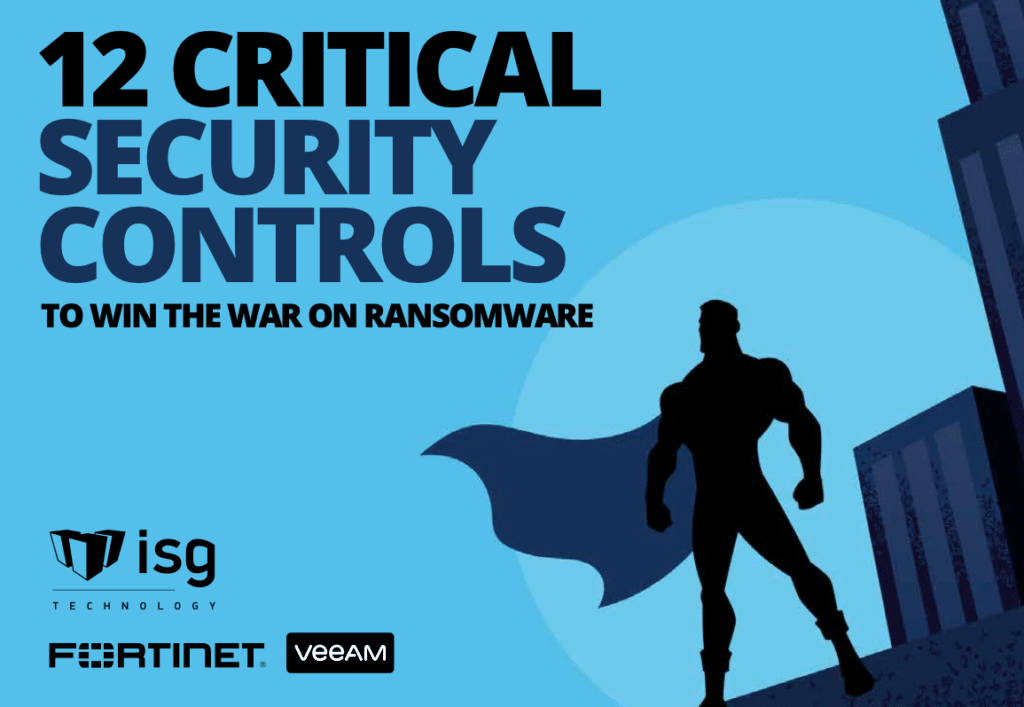Network Logging & Monitoring
In the dynamic landscape of cybersecurity, the tenth critical security control revolves around the need for robust network logging and monitoring. These practices form the bulwark against evolving cyber threats that can compromise an organization’s integrity.
Security Information and Event Management (SIEM) systems are essential in fortifying cyber defenses. To learn more about SIEM best practices, keep on reading.
1. Implement Comprehensive Logging
First, invest in detailed logging across network devices, servers, and applications. Capturing crucial information like user activities or login attempts serves as invaluable resources for investigations and compliance requirements.
2. Robust SIEM Implementation
Adopt and invest in a robust SIEM solution. These systems excel in collecting, correlating, and analyzing vast data streams from varied sources, which provides excellent insight into security events. They enable proactive threat detection and swift incident response, bolstering overall security resilience.
3. Real-time Monitoring for Swift Response
Leverage real-time monitoring tools to swiftly detect anomalies and potential security incidents. Continuous vigilance allows for immediate response, which effectively mitigates the impact of evolving cyber threats.
4. Round-the-clock Vigilance
24/7 network monitoring is paramount in the face of global cyber threats. A significant portion of attacks—nearly 80%—originate overseas and often occur outside of standard U.S. working hours. Heightened vigilance during holiday periods, when security teams may be understaffed, is crucial for thwarting potential attacks.
5. Tailored Alerts for Focused Response
Customize alerts to specific security threats pertinent to the organization. Fine-tuning alert criteria ensures that security teams receive notifications only for significant events, which minimizes noise and enables focused responses.
6. Harnessing Automation & Machine Learning
Implement cutting-edge automation and machine learning algorithms within SIEM tools. These technologies automatically analyze patterns and detect anomalies, which amplifies the efficiency of security operations and frees up your staff.
7. Nurturing Security Expertise & Training
Build a highly-trained security team equipped to identify subtle signs of security breaches, analyze patterns, and respond decisively. Ongoing training ensures that you’ll stay ahead of emerging threats, so you can maintain data integrity and customer trust.
8. Combatting Alert Fatigue
Address alert fatigue by using advanced analytics to prioritize alerts based on severity and relevance. Maintain a well-staffed team that rotates responsibilities to ensure alertness, and implement playbooks and incident response workflows to streamline responses systematically.
9. Importance of Log Retention
Log retention is pivotal for security, compliance, and operational efficiency. It facilitates thorough incident investigations, compliance with regulations like GDPR and HIPAA, and aids in troubleshooting network issues.
Incorporate these network logging and monitoring best practices to proactively detect and mitigate advanced cyber threats.
Read On
If you’re interested in learning more about the controls needed to secure cyber insurance, be sure to check back tomorrow at 9 AM CST for our segment on Vendor/Digital Supply Chain Risk Management.

